The Sunderland graveyard with just three headstones and 100,000 bodies - minus the ones that were stolen
and live on Freeview channel 276
The churchyard contains just three visible headstones, a few benches and very little else. But appearances are deceptive and there are an estimated 100,000 other people beneath your feet.
How and why 100,000 bodies came to be there
The churchyard is much bigger than average and covers roughly the same area as two football pitches. A sign over the road on the Town Moor, erected by Sunderland City Council, claims it was the largest in the country.
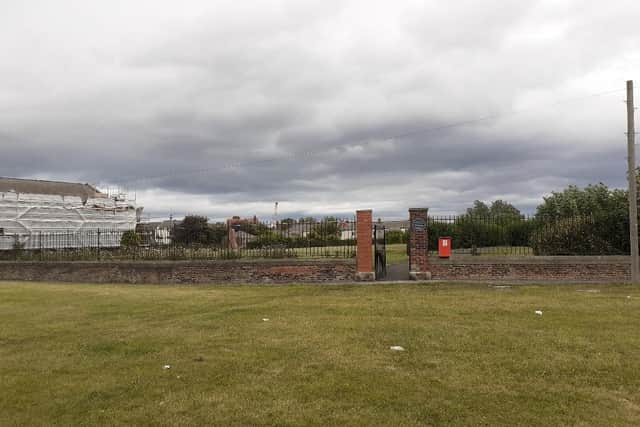

Advertisement
Hide AdAdvertisement
Hide AdNevertheless, 100,000 is a huge number. Wembley Stadium holds 90,000. So how did they manage to bury so many people here? And how come so many died?
Firstly, the graveyard was in use for 135 years. It opened for business, as it were, alongside the church in 1719. The last burial there was in 1854, by which time legislation had forced Sunderland into creating purpose-built cemeteries, such as Bishopwearmouth and Mere Knolls.
Even so, that averages at 740 each year, which is still a great many for a population so much smaller than today’s. One of the reasons for the high mortality rate in the area was cholera, which until 1860 swept through the population on a regular basis.
Standing room only
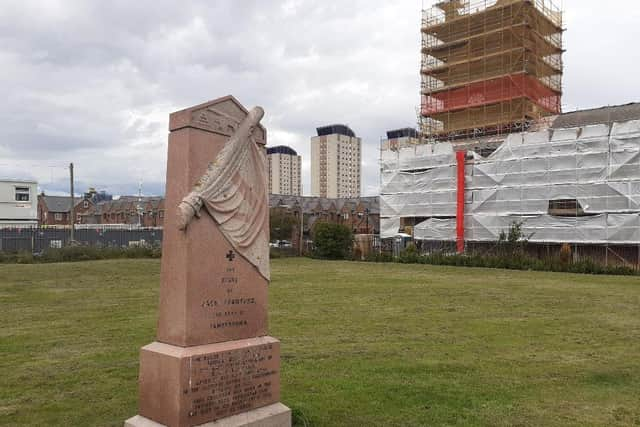

The logistics of packing 100,000 people in there are interesting. Or, to put it another way, gruesome.
Advertisement
Hide AdAdvertisement
Hide AdMany of the inmates are not inside coffins. They would make their final journey in one, but would be placed in the ground and the coffins taken away to be reused. This, sadly, was the ultimate fate of many inhabitants of the nearby workhouse.
One 19th century coffin maker, Jacky Hewitt, had a one-size-fits-all approach to his craft. Every coffin he produced was designed to accommodate a 5ft 8in body. The deceased who had carelessly allowed themselves to grow taller, would have their ankles broken and their feet tucked in.
Hindsight is a wonderful thing and in time it was realised that the graves should have been dug deeper. The first grave diggers were not thinking 135 years ahead. A partial solution was to place bodies into the earth in an upright position.
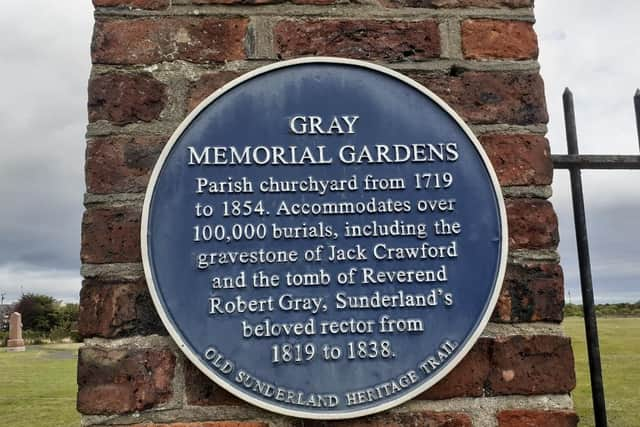

It’s standing room only.
The final resting place of Sunderland swashbuckler Jack Crawford
Previously there were many headstones on display. Today there are only three, which helps create the illusion that very little ever happened there.
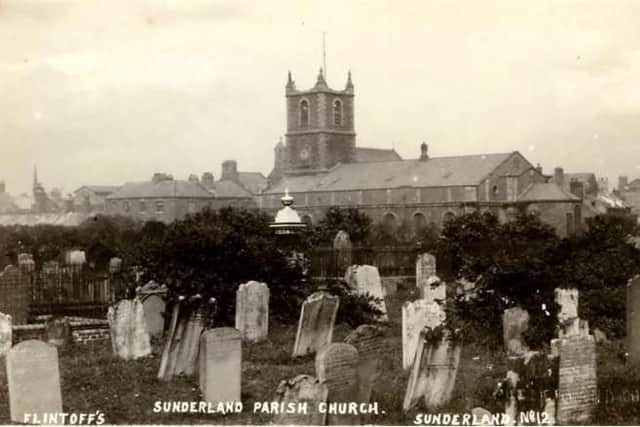

Advertisement
Hide AdAdvertisement
Hide AdA fairly tall obelisk stands in honour of John Dixon, a pharmacist and bigwig of his day.
The monument doesn’t exactly bombard the reader with information either, stating that Dixon died aged 32 in 1852 and “was followed to the grave by a large number of friends and inhabitants”.
A second visible grave is for Reverend Robert Gray, 1787-1838, venerated for his tireless care for cholera victims. He lies there with four of his children. The graveyard is known officially as the Gray Memorial Gardens and Gray Road in Hendon is named after him.
But there is no doubt who gets star billing.
The main point of interest in the yard today for many is the headstone of Sunderland swashbuckler Jack Crawford, whose story is legendary and familiar to Wearsiders.
Advertisement
Hide AdAdvertisement
Hide AdBorn in the East End in 1775, he was press-ganged into the Royal Navy in 1796. On October 11 the following year, aboard HMS Venerable, he was involved in the Britain versus Netherlands Battle of Camperdown off the Dutch coast.
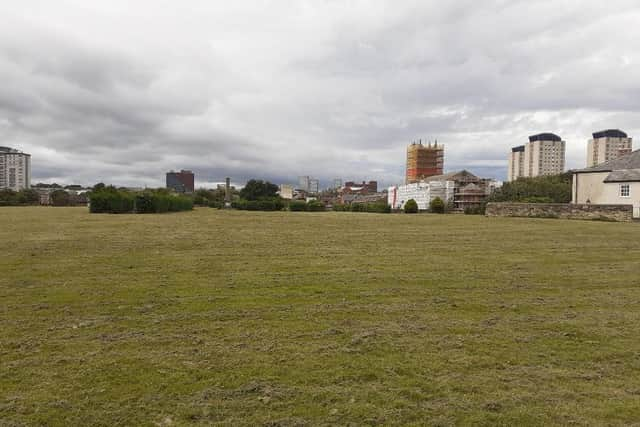

As the battle roared the colours and signal flags on Venerable’s mast were brought down by cannon fire. To dispel fears that the flagship had surrendered, Crawford clambered up the mainmast and nailed the flags back up in a real “Is that all you’ve got?” gesture to the enemy.
He was later presented to George III and given a £30 a year pension. However, he died penniless in Sunderland in 1831 and was buried in a pauper’s grave. But after a public whip-round in 1888, he was given the impressive headstone we see today.
It bears the inscription: “The grave of Jack Crawford; The hero of Camperdown”. However, doubts remain as to whether he actually rests there.
Advertisement
Hide AdAdvertisement
Hide AdIndeed, several key aspects of Crawford’s life are disputed. But as proof either way is now impossible, there seems no harm in believing the version which most appeals to us.
Burke & Hare
William Burke and William Hare were Irishmen, born in the 1790s, who moved separately to Edinburgh in the 1820s. They met and began to sell human corpses to an anatomist to use for experiments.
After selling their first body - a man who had died of natural causes - they realised that demand outstripped supply.
Their simple, but highly questionable solution to this age-old economic quandary was to murder at least 15 people, then sell them on to remarkably incurious members of the medical profession.
Advertisement
Hide AdAdvertisement
Hide AdThe sign on Sunderland’s nearby Town Moor says: “William Burke and William Hare were thought to practise their trade in Sunderland.
“They made regular trips to the town selling hot food on the busy streets. According to the records, a body could be buried in the afternoon and stolen by the evening.
“Not overlooked, Sunderland’s Old Parish Churchyard, the largest in the country, was an easy target by the Town Moor. The cover of darkness and nightly sea fog offered perfect conditions to escape with a body.”
There is no evidence that Burke and Hare committed murders in Sunderland, but again, it makes for a good story to tell.
Grave-robbing which definitely happened
Advertisement
Hide AdAdvertisement
Hide AdBut there is at least one authenticated instance of body snatching at the site.
On December 24, 1823, on one of his less merry Christmases, a Captain Hedley buried his 10 year-old daughter Elizabeth there. Five days later he wanted to move her to another part of the churchyard.
But Elizabeth’s coffin was empty on December 29. Along with the body of a two year-old, it had been removed. Suspicion fell upon two strangers who had been observed for a month hanging around at funerals - and not just for the buffet. They were Thomas Thompson, of Dundee and John Weatherley of Renfrew.
The girl’s body was found at the lodgings of the pair covered with straw, wrapped and addressed to Mr James Jamieson of Leith Street, Edinburgh. There is little to be said for Thompson and Weatherley, other than a touching faith in the efficiency of the Royal Mail.
Advertisement
Hide AdAdvertisement
Hide AdHuman teeth and some receipts were also found. The body of a Mrs Corner was also realised to be missing from the yard. They were therefore presumed to bear responsibility for that too.
Public anger at the courts’ perceived leniency towards criminals is nothing new. The two body snatchers were tried at Durham Sessions, sentenced to three months imprisonment and fined just sixpence each.
Mr Page, the one-legged grave digger
A final mention must go to Mr Page, who was Holy Trinity’s official gravedigger in 1822.
This one-legged gentleman could often be seen around Georgian Sunderland, hobbling along on his crutch followed by his faithful assistant pushing a coffin barrow.
Advertisement
Hide AdAdvertisement
Hide AdHe lived in Coronation Street above the “Kitty” - cells where drunks and vagabonds would be locked up awaiting their court appearance.
Mr Page was distinctly unpopular among the drunk and vagabond community, as he would often keep them awake by, possibly deliberately, clumping around noisily upstairs as he walked around on his crutch.
Details of how a one-legged man managed to dig graves have been lost in the midst of time.
:: Many thanks to Philip Curtis of the Sunderland Antiquarian Society for his help with this feature.